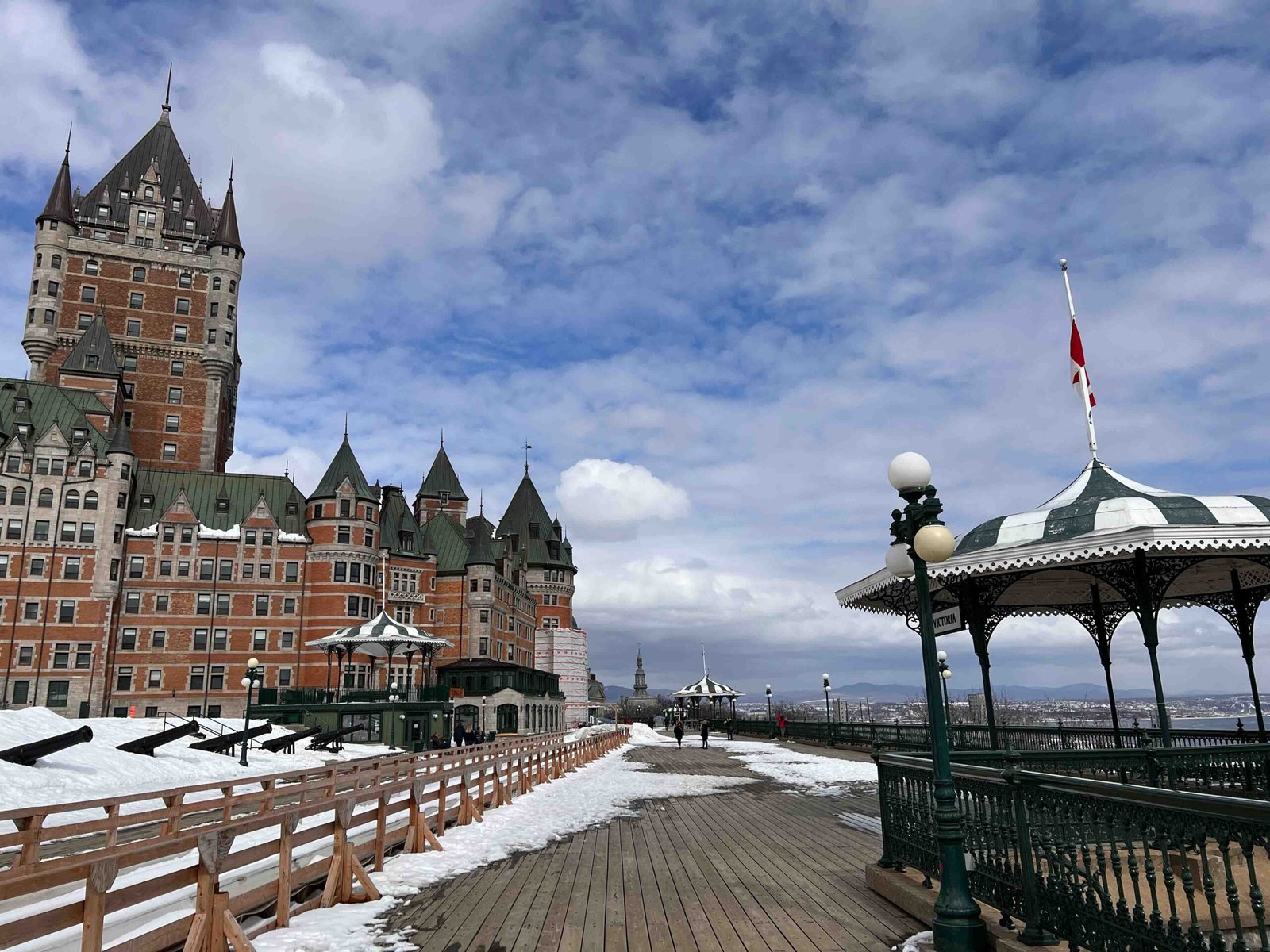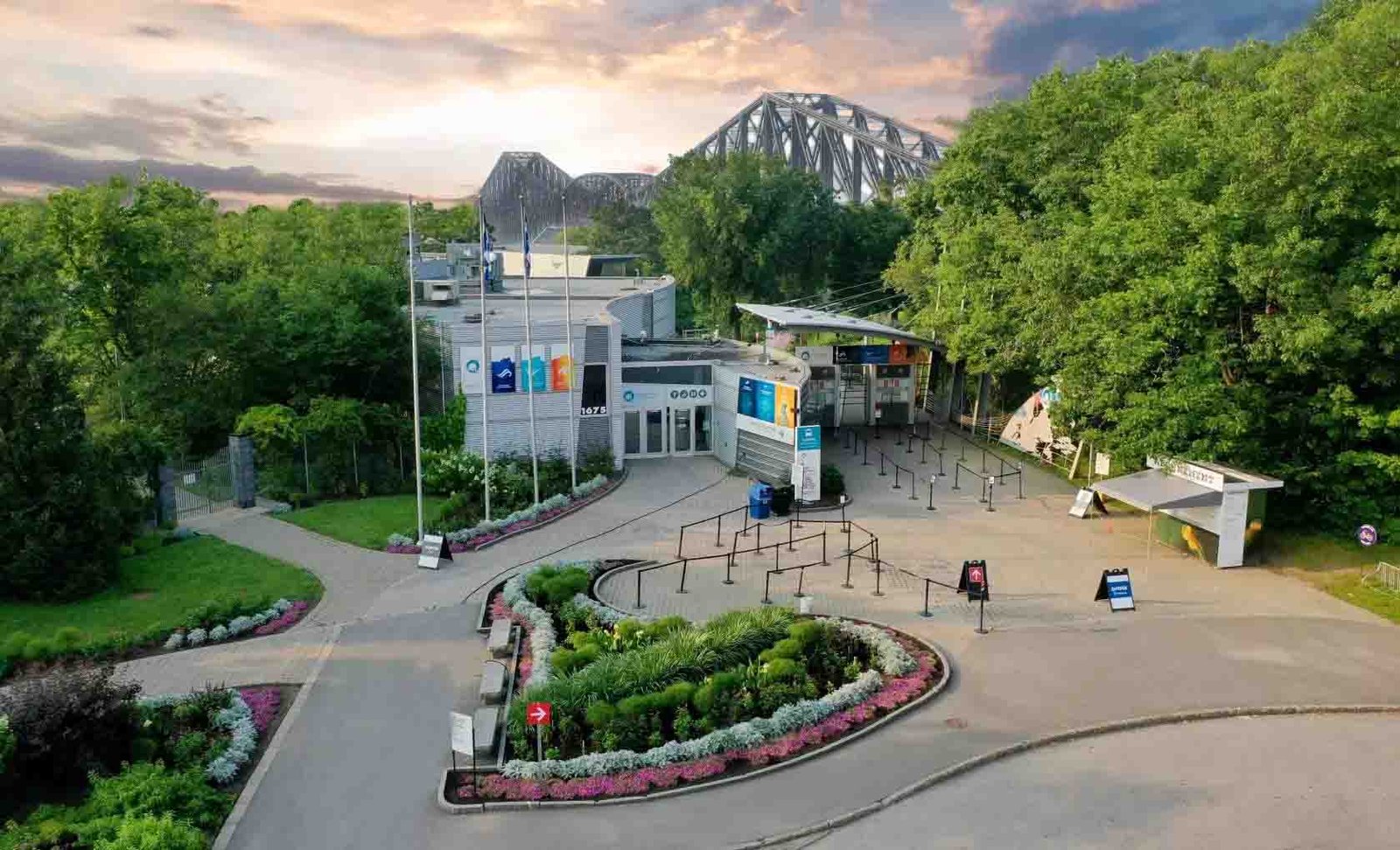As a journalist, my job is to inspire curiosity in readers and uncover interesting stories. In this article, I will be exploring the secrets of Alberta’s time zones. Alberta, a province in western Canada, has a unique history and geography that have shaped its timekeeping practices. From the fascinating history of how time zones were established in the region to the wonders of the midnight sun and long summer days, there is much to discover about Alberta’s timekeeping practices. Join me on this journey as we delve into the mysteries of Alberta’s time zones and uncover some hidden gems along the way.
A Guide to Understanding Time Zones in Alberta
Alberta, the fourth most populous province in Canada, is located in the western part of the country. The province covers a vast area of land and is divided into two time zones – Mountain Time Zone and Pacific Time Zone. Mountain Time Zone is used by the majority of the population and is one hour ahead of Pacific Time Zone. It is important to note that Alberta does not observe Daylight Saving Time, unlike many other provinces in Canada. This means that during the summer months, Alberta is on the same time as Pacific Daylight Time. However, during winter months, Alberta switches to Mountain Standard Time.
It is crucial to understand these time zones while travelling or planning a trip to Alberta. Knowing the time difference between your current location and Alberta will help you plan your itinerary better and avoid any confusion or inconvenience. It is also essential to note that the time zone boundary runs through some towns in Alberta, such as Lloydminster, which observes Saskatchewan time. This means that when travelling to this town, you need to adjust your watch accordingly.
In conclusion, understanding Alberta’s time zones is essential for anyone travelling or planning a trip to the province. It helps you stay on schedule and avoid any confusion caused by the difference in time zones. Remember that most of Alberta is on Mountain Time Zone, and the province does not observe Daylight Saving Time. Keep these factors in mind while travelling to Alberta, and you are sure to have a smooth trip.
The Fascinating History of Alberta’s Time Zones
The history of Alberta’s time zones is a fascinating tale that spans over a century. In 1884, the International Meridian Conference established Greenwich Mean Time (GMT) as the standard time for all countries. However, Canada continued to use local solar time until 1905 when the Canadian government introduced a uniform time zone system across the country. At that time, Alberta was placed in the Mountain Standard Time Zone (MST), which was four hours behind GMT.
During World War I, daylight saving time (DST) was introduced as a way to conserve energy and resources. However, it was not until 1918 that DST was implemented across Canada. Alberta was one of the provinces that adopted DST, but it was repealed in 1921 due to public opposition. It was not until 1966 that DST was reintroduced in Alberta and has been used ever since.
In 1953, a unique situation occurred in Alberta where a small community called Lloydminster straddled the border between Alberta and Saskatchewan, which were in different time zones. To solve this issue, the community decided to adopt MST year-round instead of following Saskatchewan’s Central Standard Time during the winter months.
In conclusion, Alberta’s time zone history is a fascinating mix of international standards, wartime measures and unique local solutions. Understanding this history can provide insight into how our modern-day system came to be and why certain communities may have adopted different time zones than their neighbouring regions.
What Makes Alberta’s Time Zone Unique?
Alberta’s time zone is unique for several reasons. Firstly, it is the only province in Canada that observes two time zones, Mountain Standard Time and Pacific Standard Time. This is due to the fact that a small portion of the province, including the city of Lloydminster, is located on the border between Alberta and Saskatchewan, which operates on Central Standard Time. As a result, this area follows the same time as Saskatchewan, which is one hour ahead of Alberta’s Mountain Standard Time.
Another reason why Alberta’s time zone is unique is because of its proximity to the Arctic Circle. During the summer months, Alberta experiences long daylight hours and shorter nights, while in winter, the opposite occurs with shorter daylight hours and longer nights. This phenomenon is known as the midnight sun and occurs in regions located above 66.5 degrees north or south of the equator.
Furthermore, Alberta’s time zone plays an important role in the province’s economy, particularly in the oil and gas industry. Many companies operate on a 24-hour basis and require workers to work during different shifts. The Mountain Standard Time allows companies to conduct business with other regions within North America while minimizing disruptions to their operations.
Overall, Alberta’s time zone offers a unique blend of geographic location and economic necessity that makes it stand out from other regions within Canada. Whether you are a resident or visitor to Alberta, understanding the complexities of its time zones can provide insight into its culture, history, and way of life.
Discovering the Wonders of the Midnight Sun in Alberta
In Alberta, during the summer months, the sun never fully sets below the horizon. This phenomenon is known as the midnight sun and can be experienced in the northern parts of the province. It’s a unique experience that allows visitors to enjoy extended hours of daylight, giving them more time to explore and appreciate the stunning natural beauty of Alberta. There are plenty of activities to enjoy during the midnight sun, such as hiking, camping, fishing, and wildlife watching. The best time to experience the midnight sun is during June and July when the days are at their longest. During this time, visitors can witness the sun dipping towards the horizon but never fully disappearing, creating a magical display of colours in the sky. In addition to its stunning beauty, the midnight sun also has practical benefits for visitors who want to make the most of their trip to Alberta. With extended daylight hours, there’s more time for adventure and exploration. Visitors can plan longer hikes or fishing trips without having to worry about running out of daylight. Overall, experiencing the midnight sun in Alberta is a truly unique and unforgettable experience that offers both natural beauty and practical advantages for visitors looking to make the most of their time in this beautiful province.
Exploring Alberta’s Natural Beauty and Wildlife After Dark
Alberta is known for its natural beauty and wildlife, but what many people don’t know is that some of the most fascinating experiences can be found after dark. Exploring Alberta’s natural beauty and wildlife after dark can be a unique and thrilling experience. One of the best ways to do this is by visiting one of Alberta’s national parks, such as Banff or Jasper, where guided night hikes are offered. These hikes give visitors the opportunity to see nocturnal animals, such as wolves, elk, and deer, in their natural habitat. Additionally, the stars are much clearer in the night sky, providing a breathtaking view of the Milky Way galaxy.
Another way to explore Alberta’s natural beauty after dark is by visiting one of the province’s many lakes. Many of these lakes offer night-time activities such as stargazing or watching the Northern Lights dance across the sky. During the summer months, many of these lakes also offer night-time kayaking or paddleboarding tours, which provide a unique perspective on the surrounding scenery.
For those who prefer a more relaxed experience, Alberta has a number of hot springs that are open late into the night. The warm water combined with the cool air provides a surreal experience that is not to be missed.
Overall, exploring Alberta’s natural beauty and wildlife after dark is an unforgettable experience that offers a unique perspective on the province’s landscape and wildlife. Whether you’re interested in hiking through national parks or relaxing in hot springs, there’s something for everyone to enjoy after dark in Alberta.
Making the Most of Alberta’s Long Summer Days
Summer in Alberta is a special time of year, and with the province’s unique time zone, visitors and residents alike can make the most of the long summer days. With over 16 hours of daylight during peak season, there are plenty of opportunities to explore the great outdoors, take part in local events and festivals, or simply enjoy the warm weather with family and friends. One way to make the most of the extended daylight is by taking advantage of Alberta’s many outdoor recreational activities. From hiking and mountain biking to fishing and golfing, there are countless options for those who want to spend their days in nature. For those looking for a more relaxed experience, why not take a stroll through one of Alberta’s beautiful parks or gardens? Another way to enjoy the long summer days is by attending one of the many festivals and events that take place across the province. From music festivals to food fairs, there is something for everyone. Finally, it’s worth noting that during the summer months, many attractions and businesses extend their opening hours to accommodate the extra daylight. This means that visitors can explore museums, galleries, and other cultural institutions well into the evening hours. Overall, making the most of Alberta’s long summer days is all about getting outside, trying new things, and enjoying everything this beautiful province has to offer.
Tips for Adjusting to Alberta’s Time Zone
Adjusting to a new time zone can be challenging, especially if you are travelling a long distance. Alberta’s time zone is Mountain Standard Time (MST), which is seven hours behind Greenwich Mean Time (GMT-7). To help you adjust to the time difference, it’s important to prepare yourself before your trip. Start by gradually adjusting your sleep schedule a few days before your departure. If you’re travelling from the east coast, try going to bed an hour earlier each night leading up to your trip. Similarly, if you’re travelling from the west coast, try staying up an hour later each night. This will help your body adjust to the new time zone. During your flight, try to get some rest and stay hydrated. Avoid alcohol and caffeine as they can interfere with your sleep patterns and make jet lag worse. Once you arrive in Alberta, try to get outside and expose yourself to natural sunlight as much as possible. Sunlight helps regulate your body’s circadian rhythm, which can help you adjust to the new time zone more quickly. Finally, be patient with yourself. It can take a few days for your body to fully adjust to the new time zone, so don’t expect to feel completely normal right away. By following these tips, you can make the most of your trip to Alberta without feeling too jet-lagged.
Alberta’s time zones may seem like a mundane topic, but as we have discovered, they hold a rich history and unique features that are worth exploring. From the midnight sun to the long summer days, Alberta’s time zones offer opportunities for adventure and discovery. Whether you are a local or a visitor, understanding and adjusting to Alberta’s time zones can enhance your experience of this beautiful province. So next time you find yourself in Alberta, take some time to appreciate the wonders of its time zones and all that they have to offer. And perhaps reflect on how our relationship with time is shaped by the places we inhabit and the ways we choose to measure it.
Time zone?
Alberta, British Columbia, Manitoba, New Brunswick, Newfoundland and Labrador, Nova Scotia, Ontario, Prince Edward Island, Quebec, Saskatchewan






Pingback: British Columbia time zone – Things to do in Canada
Pingback: Ontario time zone – Things to do in Canada